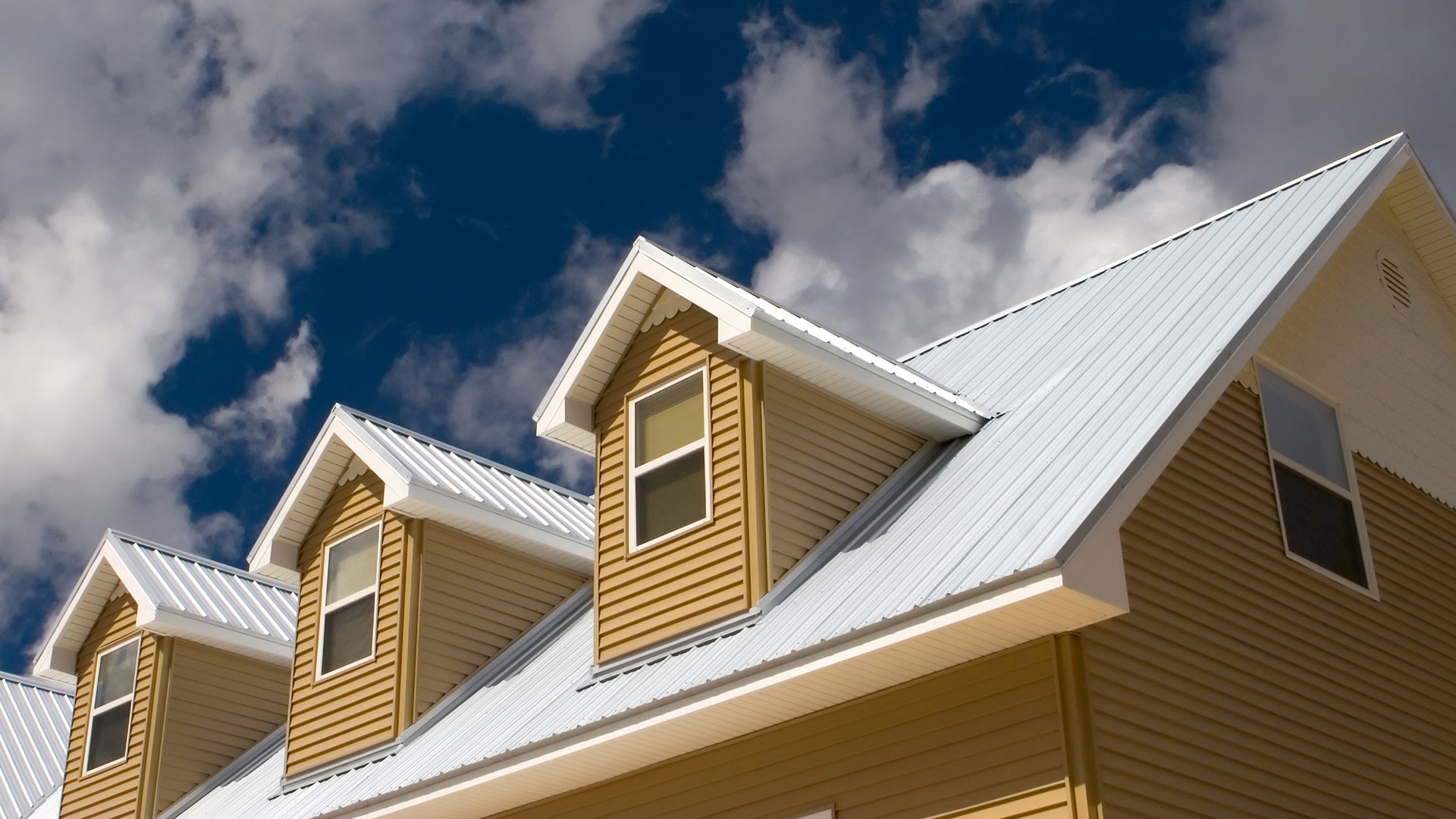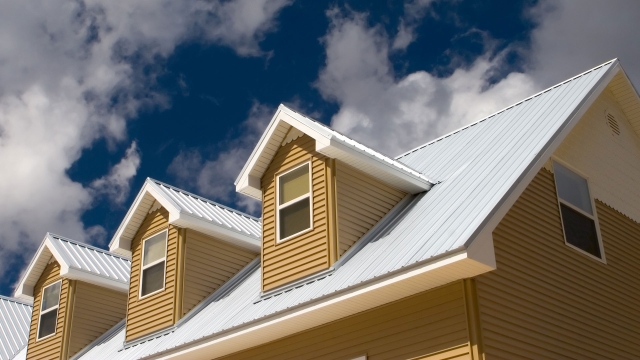
When it comes to transforming your home, few elements play as significant a role as siding, roofing, gutters, and windows. These components not only contribute to the overall aesthetic appeal of your property but also provide essential protection from the elements and improve energy efficiency. Whether you are considering a complete renovation or simply looking to refresh your exterior, understanding these crucial elements is the first step toward a successful home transformation.
In this comprehensive guide, we will explore the various options available for siding, roofing, gutter systems and guards, and windows. We will discuss the benefits of each material, the latest trends, and important factors to consider when making your choices. By the end of this guide, you will have a clearer vision of how to enhance your home’s exterior while ensuring functionality and durability. Let’s dive into the exciting world of home improvement and discover how these key elements can work together to elevate your living space.
Choosing the Right Siding
When it comes to enhancing your home’s exterior, choosing the right siding is crucial. Siding serves as a protective layer against the elements while also expressing your aesthetic style. There are various materials to consider, including vinyl, wood, fiber cement, and metal. Each material has its own set of benefits and drawbacks, making it essential to weigh your options carefully based on your budget, climate, and design preferences.
Durability and maintenance are important factors to consider when selecting siding. For instance, vinyl siding is known for its resistance to fading and does not require painting, which makes it a low-maintenance choice. Conversely, wood siding offers a classic look but may require regular maintenance and treatment to protect against rot and pests. Understanding your climate and the potential wear and tear from weather elements can help guide your decision toward the most suitable siding material for your home.
Lastly, think about energy efficiency and insulation qualities when choosing siding. Some materials provide better insulation than others, which can help reduce heating and cooling costs over time. Insulated vinyl siding, for example, can enhance energy efficiency and contribute to a more comfortable indoor environment. Take your time to review the options and consult with professionals to ensure you make an informed decision that aligns with your home’s needs and your lifestyle.
Roofing Materials and Options
When it comes to roofing, the materials you choose play a crucial role in durability, appearance, and overall home value. Asphalt shingles are the most common option for residential roofs due to their affordability and ease of installation. They come in a variety of colors and styles, allowing homeowners to achieve the aesthetic they desire. On the other hand, metal roofing has gained popularity for its longevity and resistance to severe weather. Available in various metals, including aluminum, steel, and copper, metal roofs can provide a sleek, modern look while offering excellent protection.
Another popular option is slate roofing, known for its timeless elegance and remarkable lifespan. Although initially more expensive, slate roofs can last over a century with proper maintenance, making them a worthy investment for many homeowners. Tile roofing, typically made from clay or concrete, is another choice that combines durability with striking visual appeal. Its unique texture and color options can enhance a home’s architecture, particularly in warm climates where it complements traditional styles.
In recent years, eco-friendly roofing materials have emerged as a significant trend. Green roofs, made up of living vegetation, provide insulation and help manage stormwater, making them an environmentally responsible choice. Additionally, solar shingles are gaining traction as they allow homeowners to harness solar energy while maintaining the look of traditional roofing. With so many options available, choosing the right roofing material depends on factors like climate, budget, and personal preferences.
Gutters and Windows: Maintenance Tips
Maintaining your gutters is essential for protecting your home from water damage. Regularly inspect your gutters at least twice a year, ideally in spring and fall, to remove leaves, twigs, and other debris that can cause blockages. Ensure that the downspouts are also clear and directing water away from the foundation of your house. Consider installing gutter guards to reduce the frequency of cleaning and to prevent clogs from forming.
Siding replacement
Windows require their own set of maintenance practices to ensure they remain functional and energy-efficient. Start by cleaning the glass surfaces regularly to prevent buildup that can lead to scratches. Check the seals and weather stripping around your windows for wear and tear. Replacing these components can improve insulation and reduce energy costs. Ensure that the window frames are in good condition, and address any rot or damage promptly to avoid further complications.
Both gutters and windows contribute significantly to your home’s efficiency and longevity. Regular maintenance not only extends their life but also enhances your home’s curb appeal. By following these tips, you can prevent costly repairs down the line, ensuring your home remains a safe and comfortable environment.


